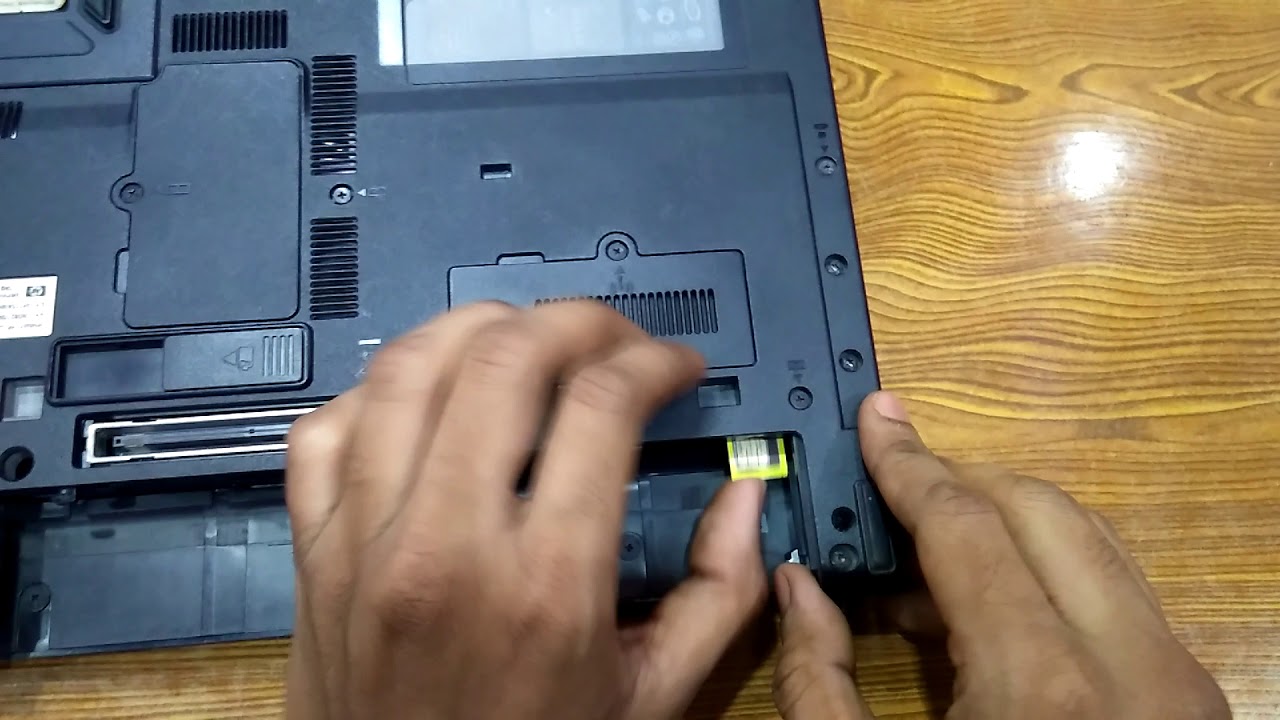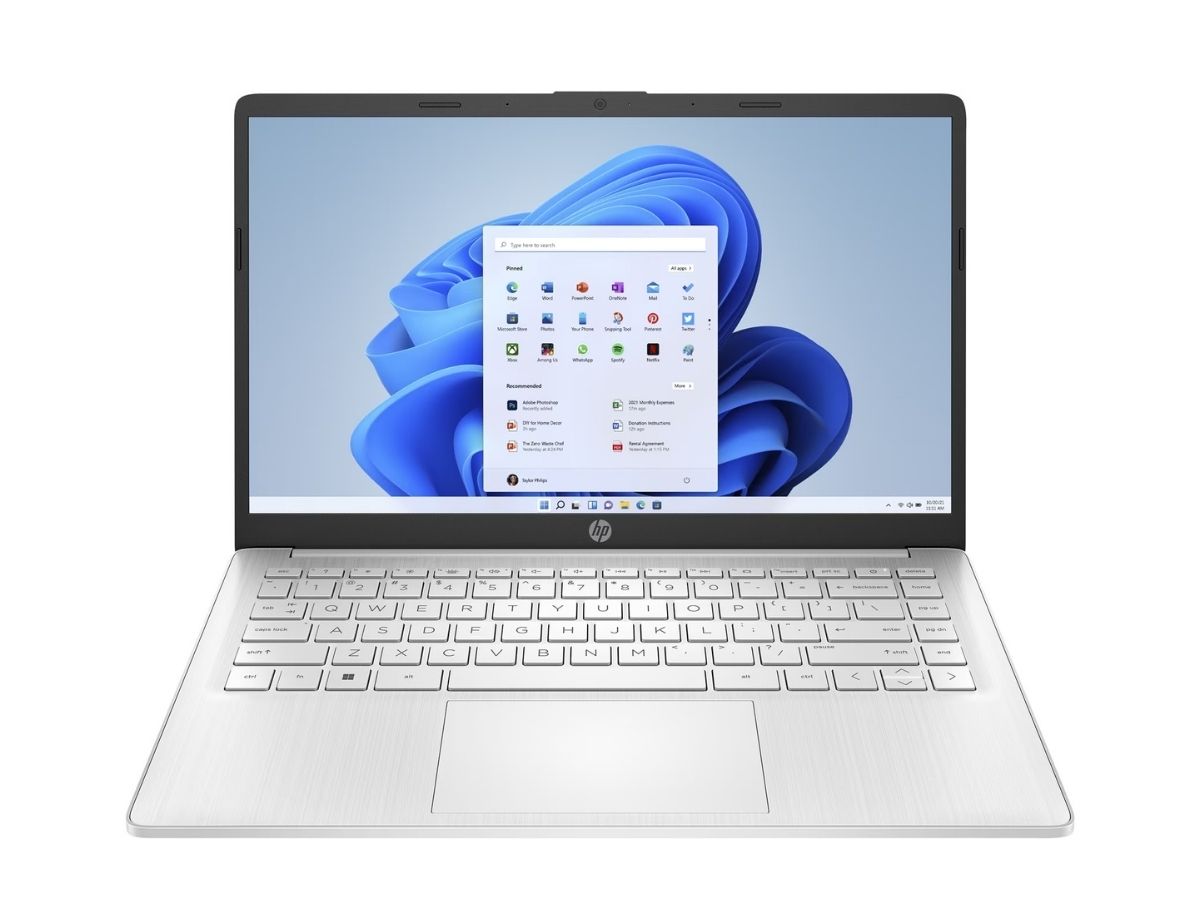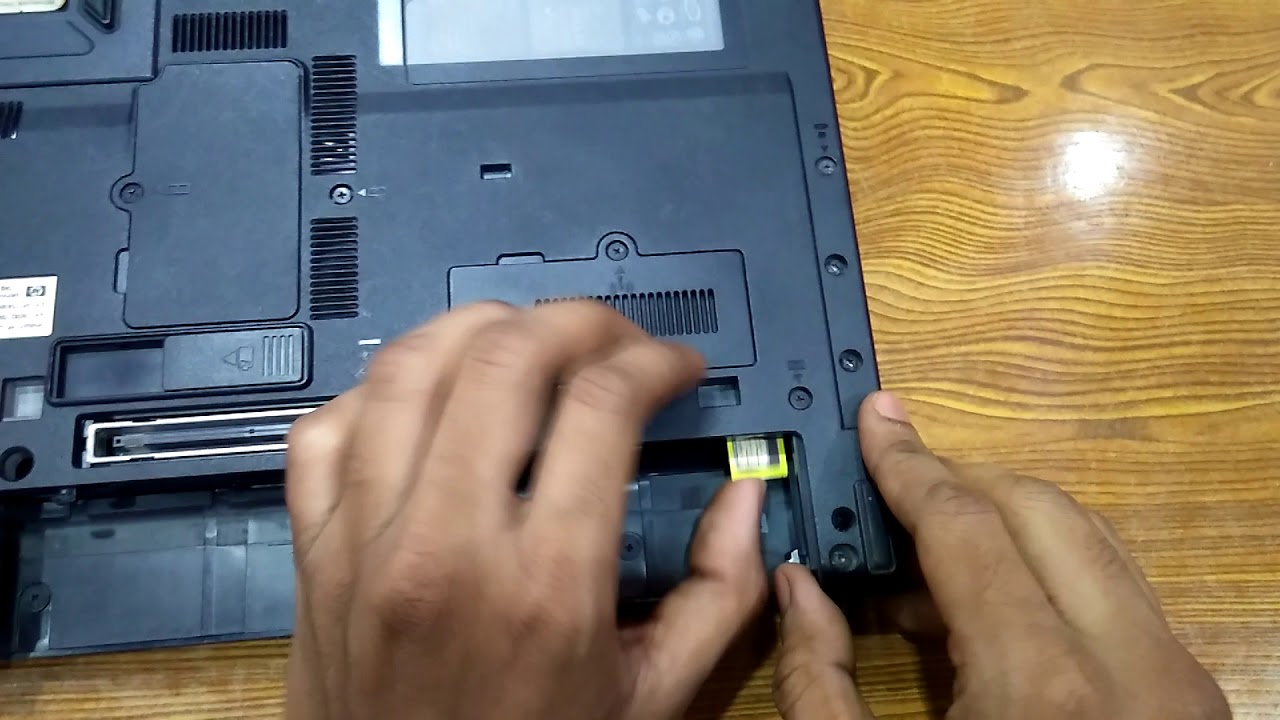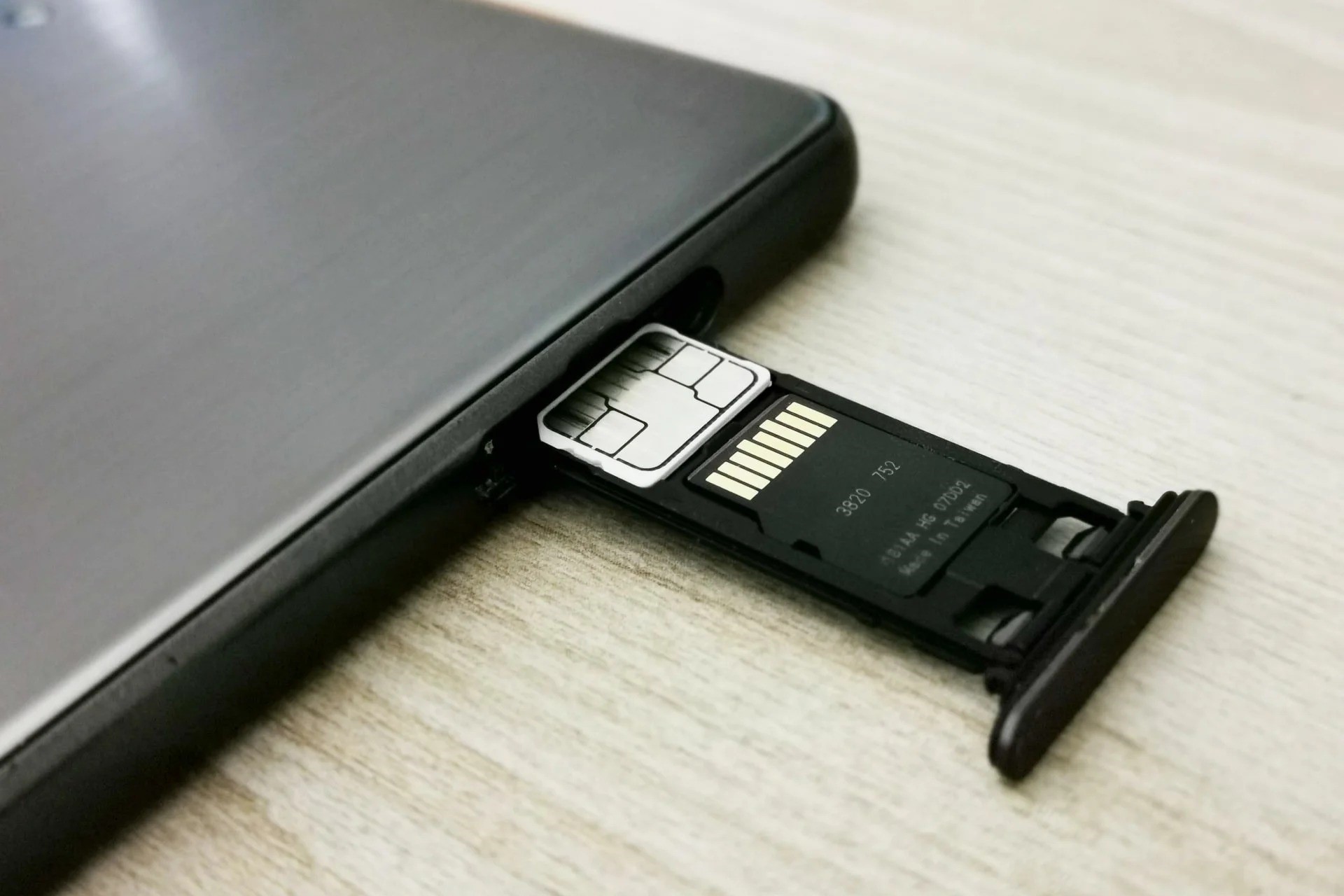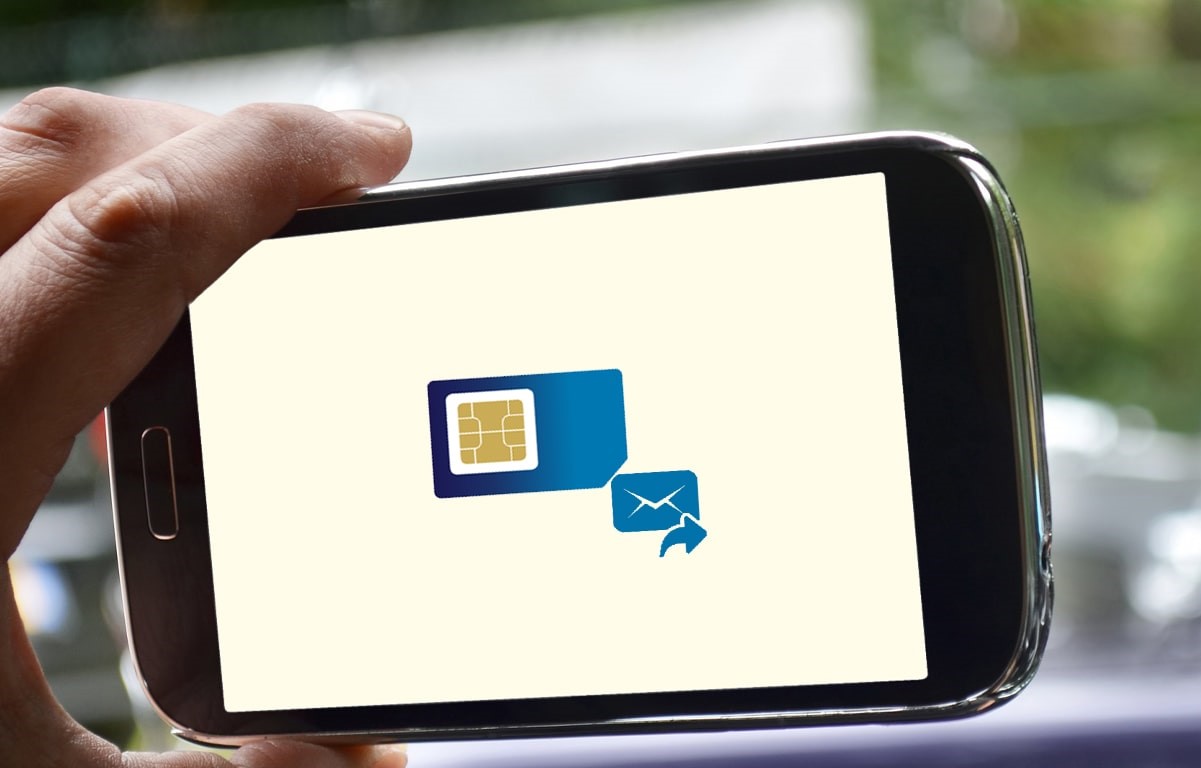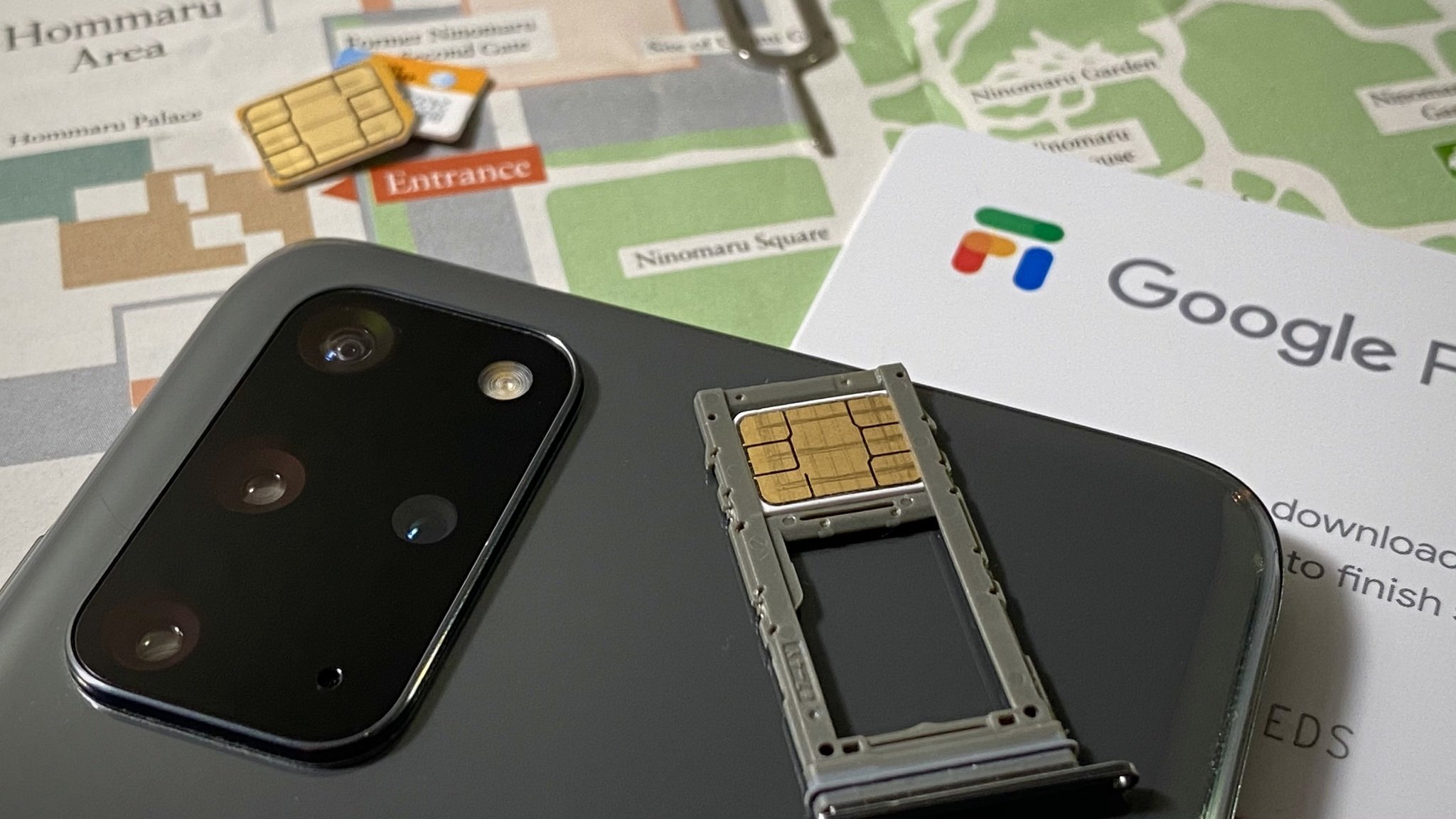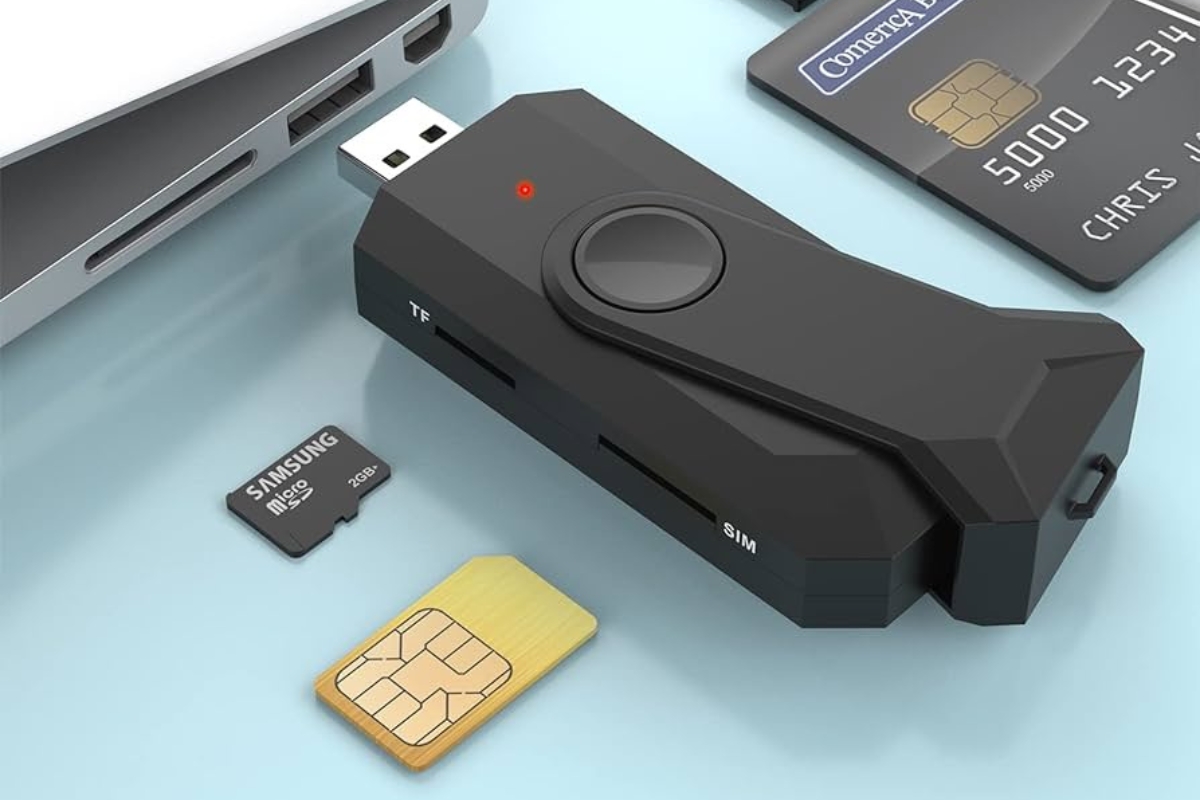Introduction
In today's fast-paced digital world, staying connected is vital, and the ability to access the internet on the go has become a necessity. While mobile devices like smartphones and tablets are commonly used for this purpose, there are situations where accessing the internet on a laptop becomes essential. This is where the humble SIM card comes into play. By connecting a SIM card to a laptop, users can enjoy internet connectivity wherever they are, without relying on Wi-Fi networks or tethering to a mobile device.
In this comprehensive guide, we will delve into the intricacies of connecting a SIM card to a laptop, exploring the technology behind SIM cards, the different types of adapters available, and the step-by-step process for establishing a connection. Whether you're a digital nomad, a frequent traveler, or simply someone who values the convenience of having internet access at all times, this guide will equip you with the knowledge and skills to seamlessly integrate your SIM card with your laptop.
Join us as we embark on a journey to unlock the potential of your laptop, enabling it to harness the power of a SIM card for seamless internet connectivity. Let's dive into the fascinating world of SIM card technology and discover the myriad possibilities it holds for enhancing your digital lifestyle.
Understanding SIM Card Technology
A Subscriber Identity Module (SIM) card is a small, portable memory chip that plays a pivotal role in enabling mobile communication. It serves as the link between a mobile device and a mobile network, allowing users to make calls, send text messages, and access data services. The SIM card contains essential information, including the unique identifier of the user, known as the International Mobile Subscriber Identity (IMSI), and the authentication key that verifies the user's identity to the network.
SIM cards are available in various form factors, with the most common being the Mini-SIM, Micro-SIM, and Nano-SIM. These different sizes ensure compatibility with a wide range of mobile devices, from traditional feature phones to modern smartphones and tablets. Additionally, SIM cards are categorized based on their network compatibility, with options for 2G, 3G, and 4G/LTE networks, reflecting the evolution of mobile communication technologies.
One of the key features of a SIM card is its ability to store user-specific data, such as contacts and SMS messages. This data storage functionality allows users to seamlessly transfer their SIM card between different devices while retaining their personal information and communication history. Moreover, SIM cards also play a crucial role in ensuring the security of mobile communication through the implementation of encryption and authentication mechanisms.
The evolution of SIM card technology has led to the introduction of embedded SIM (eSIM) technology, which eliminates the physical SIM card in favor of a programmable, embedded SIM module. eSIM technology offers greater flexibility and convenience, allowing users to remotely provision their devices with different mobile network profiles without the need to physically swap SIM cards.
Understanding the intricacies of SIM card technology provides a foundation for harnessing its potential beyond traditional mobile devices. By exploring the capabilities and adaptability of SIM cards, users can leverage this technology to enable internet connectivity on a variety of devices, including laptops. The versatility and ubiquity of SIM card technology continue to drive innovation in the realm of mobile communication, empowering users with seamless connectivity and mobility.
As we unravel the possibilities of connecting a SIM card to a laptop, the knowledge of SIM card technology will serve as a valuable asset, enabling users to make informed decisions and optimize their digital experiences. Now, let's delve deeper into the realm of SIM card adapters and the process of connecting a SIM card to a laptop, unlocking a world of connectivity and convenience.
Types of SIM Card Adapters
SIM card adapters are essential tools that facilitate the seamless integration of SIM cards with a wide range of devices, including laptops. These adapters enable users to overcome compatibility challenges and leverage the connectivity capabilities of SIM cards across various form factors. Understanding the different types of SIM card adapters is crucial for selecting the appropriate solution to suit specific device requirements and SIM card sizes.
-
Standard to Micro-SIM Adapter: This type of adapter is designed to convert a standard Mini-SIM card to a Micro-SIM card size, allowing it to be used in devices that require the smaller form factor. The adapter features a slot where the Mini-SIM card is inserted and aligns it with the contacts of the Micro-SIM size, ensuring a secure fit and proper electrical connection. With this adapter, users can easily adapt their existing SIM cards to meet the specifications of devices that utilize Micro-SIM slots, such as certain laptops and tablets.
-
Micro-SIM to Nano-SIM Adapter: As mobile devices continue to evolve, the Nano-SIM form factor has become increasingly prevalent in modern smartphones and tablets. To accommodate this trend, Micro-SIM to Nano-SIM adapters have emerged as a practical solution for enabling the use of Micro-SIM cards in Nano-SIM slots. These adapters feature a precisely engineered design that allows the smaller Nano-SIM contacts to align with the larger Micro-SIM card, ensuring a secure and reliable connection. By utilizing this adapter, users can seamlessly transition their SIM cards between devices with Nano-SIM slots, including select models of laptops and mobile hotspots.
-
SIM Card Extension Adapter: This innovative type of adapter provides a unique solution for situations where direct access to the SIM card slot may be limited or inconvenient. The SIM card extension adapter consists of a flexible ribbon cable with a connector that interfaces with the device's SIM card slot, extending the reach of the SIM card to an accessible location. This extension capability is particularly useful in scenarios where laptops feature internal SIM card slots that are challenging to access, allowing users to position the SIM card in a more convenient location for insertion and removal.
-
SIM Card to USB Adapter: For laptops that do not have built-in SIM card slots, the SIM card to USB adapter offers a versatile connectivity solution. This adapter features a USB interface on one end and a slot for the SIM card on the other, effectively transforming the SIM card into a USB modem. By connecting the adapter to a laptop's USB port, users can access mobile data services using their SIM card, creating a portable and convenient internet connectivity solution without the need for internal SIM card slots.
Understanding the diverse range of SIM card adapters empowers users to adapt their SIM cards to the specific requirements of their devices, ensuring seamless compatibility and functionality. Whether it's transitioning between different SIM card sizes or utilizing alternative connectivity methods, the availability of these adapters enhances the versatility and usability of SIM cards across a spectrum of devices, including laptops. As we continue our exploration, let's delve into the step-by-step process of connecting a SIM card to a laptop using these adapters, unlocking a world of connectivity and convenience.
Connecting SIM Card to Laptop Using an Adapter
Connecting a SIM card to a laptop using an adapter opens up a world of possibilities for seamless internet connectivity on the go. Whether you're traveling, working remotely, or simply seeking a reliable backup internet option, the process of integrating your SIM card with your laptop through an adapter is straightforward and empowering.
To begin, ensure that you have the appropriate SIM card adapter that matches the form factor of your SIM card and the slot type of your laptop. Whether it's a standard to Micro-SIM adapter, Micro-SIM to Nano-SIM adapter, SIM card extension adapter, or SIM card to USB adapter, selecting the right adapter is essential for a successful connection.
Once you have the compatible adapter in hand, follow these steps to connect your SIM card to your laptop:
-
Prepare the Adapter: If your SIM card is not in the correct size for your laptop's SIM card slot, use the appropriate adapter to resize it. Carefully align the contacts of the SIM card with those of the adapter to ensure a secure fit.
-
Insert the Adapter: Gently insert the SIM card and adapter assembly into the designated slot on your laptop. Take care to align the contacts properly and avoid forcing the insertion, as this may damage the SIM card or the laptop's slot.
-
Recognize the SIM Card: Once the SIM card is inserted, the laptop should recognize it and prompt you to configure the mobile data settings. Follow the on-screen instructions to set up the connection and verify that the SIM card is detected.
-
Establish the Connection: Depending on your laptop's operating system, navigate to the network settings or mobile data section to establish the connection using the SIM card. Enter any required APN (Access Point Name) settings provided by your network carrier to enable data connectivity.
-
Enjoy Seamless Connectivity: With the SIM card successfully integrated into your laptop, you can now enjoy seamless internet connectivity, enabling you to stay productive and connected wherever your ventures take you.
By following these steps, you can harness the potential of your SIM card and laptop combination, transforming your laptop into a versatile tool for accessing mobile data services. Whether it's for work, leisure, or staying connected while traveling, the ability to connect a SIM card to your laptop using an adapter empowers you to embrace a truly mobile lifestyle with uninterrupted internet access.
Connecting SIM Card to Laptop Using Built-in Slot
Connecting a SIM card to a laptop using a built-in slot provides a streamlined and integrated approach to accessing mobile data services. Many modern laptops are equipped with SIM card slots that are designed to accommodate SIM cards directly, eliminating the need for external adapters. This built-in functionality offers a convenient and efficient means of establishing a connection between the laptop and the mobile network, enabling users to stay connected while on the move.
To initiate the process of connecting a SIM card to a laptop using the built-in slot, it is essential to identify the location of the SIM card slot on the laptop. The slot is typically located on the side or rear panel of the laptop, and it may be secured with a small cover or tray to protect the SIM card once inserted.
Once the SIM card slot is located, follow these steps to establish the connection:
-
Prepare the SIM Card: Ensure that the SIM card is compatible with the laptop's SIM card slot. Depending on the size of the slot, you may need to use a Mini-SIM, Micro-SIM, or Nano-SIM. Carefully align the contacts of the SIM card with those of the slot to facilitate a secure and proper connection.
-
Insert the SIM Card: Gently insert the SIM card into the designated slot, taking care to align it properly and avoid applying excessive force. The SIM card should slide in smoothly, and the cover or tray can be closed to secure it in place.
-
Configure Mobile Data Settings: Once the SIM card is inserted, the laptop should detect it and prompt you to configure the mobile data settings. Follow the on-screen instructions to set up the connection, including entering any required APN settings provided by your network carrier.
-
Activate the Connection: Navigate to the network settings or mobile data section on your laptop and activate the SIM card-based connection. Depending on the laptop's operating system, you may need to select the SIM card as the preferred mobile data source and initiate the connection.
-
Enjoy Seamless Connectivity: With the SIM card successfully integrated into the laptop's built-in slot, you can now enjoy seamless internet connectivity. Whether you're working remotely, streaming content, or staying connected while traveling, the built-in slot provides a hassle-free solution for accessing mobile data services.
By leveraging the built-in slot on your laptop to connect a SIM card, you can harness the full potential of mobile connectivity without the need for external adapters. This integrated approach streamlines the process of accessing mobile data services, offering a convenient and reliable solution for staying connected in diverse environments.
Connecting a SIM card to a laptop using the built-in slot represents a seamless integration of mobile communication technology, empowering users to embrace a truly mobile lifestyle with uninterrupted internet access. Whether for professional endeavors or personal pursuits, the built-in slot serves as a gateway to enhanced productivity and connectivity, enabling users to unlock the full capabilities of their laptops in the digital age.
Troubleshooting Common Issues
While connecting a SIM card to a laptop can greatly enhance your digital experience, it is not uncommon to encounter certain issues that may hinder the seamless integration of the SIM card with the laptop's connectivity features. Understanding and addressing these common issues is essential for ensuring a smooth and uninterrupted internet connectivity experience. Let's explore some of the typical challenges that users may face when connecting a SIM card to a laptop and the troubleshooting steps to overcome them.
-
SIM Card Not Detected: If the laptop fails to recognize the inserted SIM card, it may indicate a connectivity issue. Begin by ensuring that the SIM card is properly inserted into the designated slot or adapter, with the contacts aligned correctly. If the problem persists, try cleaning the SIM card contacts and the slot to remove any dust or debris that may be obstructing the connection.
-
Network Connection Errors: In some instances, the laptop may encounter difficulties in establishing a stable network connection using the SIM card. Start by verifying that the mobile data service is active on the SIM card and that the network coverage is sufficient. Additionally, check the network settings on the laptop to ensure that the correct APN settings are configured for the specific network carrier.
-
Driver and Software Updates: Outdated drivers or software related to the laptop's mobile connectivity features can lead to compatibility issues with the SIM card. To address this, check for available updates for the laptop's network drivers and related software. Installing the latest updates can resolve compatibility issues and optimize the performance of the SIM card connection.
-
Signal Strength and Reception: Unstable or weak network signals can impact the reliability of the SIM card connection. If you experience inconsistent network performance, consider relocating to an area with better network coverage to improve signal strength. Additionally, using an external antenna or signal booster can enhance the reception and stability of the network connection.
-
Security and Authentication: Authentication errors or security-related issues may arise when attempting to establish a connection using the SIM card. Ensure that the SIM card is activated and properly authenticated by the network carrier. If prompted, input the correct PIN or unlock code associated with the SIM card to facilitate the connection.
By addressing these common issues and implementing the corresponding troubleshooting steps, users can overcome challenges and optimize the integration of their SIM card with their laptop's connectivity features. This proactive approach ensures a reliable and seamless internet connectivity experience, empowering users to leverage the full potential of their laptops for mobile data access.
As users navigate the intricacies of connecting a SIM card to a laptop, understanding and effectively troubleshooting common issues is pivotal in maximizing the benefits of mobile connectivity. By equipping users with the knowledge and strategies to address potential challenges, this guide fosters a resilient and empowered approach to integrating SIM card technology with laptops, enabling users to embrace a truly connected and mobile lifestyle.
Conclusion
In conclusion, the process of connecting a SIM card to a laptop opens up a world of possibilities for seamless internet connectivity, empowering users to stay connected and productive in diverse environments. Whether utilizing a SIM card adapter or leveraging the built-in slot on modern laptops, the integration of SIM card technology with laptops represents a pivotal advancement in mobile communication capabilities.
By understanding the intricacies of SIM card technology and the diverse range of adapters available, users can adapt their SIM cards to meet the specific requirements of their laptops, ensuring seamless compatibility and functionality. The versatility of SIM card adapters, including standard to Micro-SIM adapters, Micro-SIM to Nano-SIM adapters, SIM card extension adapters, and SIM card to USB adapters, provides users with flexible solutions to enable internet connectivity on their laptops.
Furthermore, the built-in SIM card slots featured in modern laptops offer a streamlined and integrated approach to accessing mobile data services, eliminating the need for external adapters and simplifying the connection process. This built-in functionality represents a significant advancement in laptop design, catering to the evolving needs of users who seek uninterrupted internet access while on the move.
As users navigate the process of connecting a SIM card to a laptop, it is essential to be aware of common issues that may arise and the corresponding troubleshooting steps to address them. By proactively resolving connectivity challenges, users can optimize the integration of their SIM cards with their laptops, ensuring a reliable and seamless internet connectivity experience.
In essence, the ability to connect a SIM card to a laptop represents a convergence of mobility, connectivity, and productivity, enabling users to embrace a truly mobile lifestyle. Whether for professional endeavors, remote work, or leisure activities, the integration of SIM card technology with laptops empowers users to unlock the full potential of their devices, fostering a seamless and uninterrupted digital experience.
By delving into the realm of SIM card technology, adapters, integration methods, and troubleshooting strategies, this comprehensive guide equips users with the knowledge and skills to seamlessly connect their SIM cards to their laptops, unlocking a world of connectivity and convenience. Embracing the possibilities of SIM card integration with laptops, users can embark on a journey of enhanced productivity, connectivity, and digital empowerment in the modern age.







